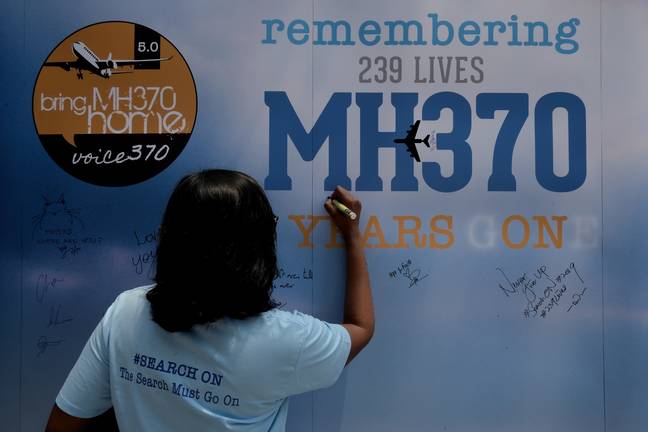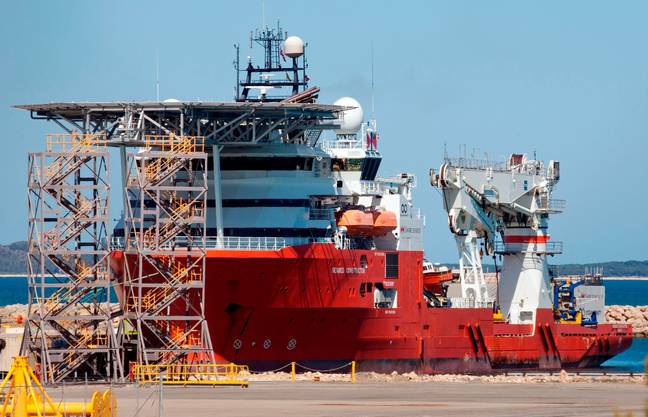A new claim from a member of the MH370 search team could lead investigators to the location of the missing plane.
It’s now been almost a decade since the Malaysia Airlines flight went missing during its trip from Kuala Lumpur to Beijing on 8 March, 2014, sparking a search effort which spanned the Indian Ocean west of Australia to Central Asia.
A total of 239 people disappeared along with the plane, leaving family and loved ones questioning what happened after its transponder was switched off, and satellites lost sight of the plane.
Peter Waring, a former naval officer, joined the search six months after the plane went missing as he became part of the Joint Agency Coordination Centre, an Australian government agency formed along with Chinese and Malaysian authorities to try and recover the plane.
As an expert in surveying and mapping sea floors, Waring was brought in to help scan a search area which was 57 miles wide and 400 miles long.
The area had been pinpointed by experts from satellite data and flight simulations, with many believing MH370 plummeted into the Indian Ocean after performing a dramatic U-turn.

Waring helped co-ordinate the search and reported back to officials as sonar experts scanned the seafloor, but he’s now told The Sun that he believes the teams were looking in the wrong place.
Waring’s claims comes from the idea the teams were scanning the ocean so precisely that they couldn’t possibly have missed finding the wreck of the plane.
“We had a lot of confidence in the technology. I just don’t believe that we missed it,” he said.
“I think we [the search team] may have gone wrong with the assumption that the aircraft wasn’t under control at the end.
“We were taking this quite seriously during the search, that the aircraft may have continued to be under control in one form or another after it crossed the 7th arc,” Waring continued, referring to an area in the Indian Ocean.

Taking into account what he learned during the search, the former officer believes the plane may have continued to fly undetected before crashing further south, in an area known as Geelvinck Fracture Zone.
Waring explained: “…if the aircraft was still under control at the seventh arc then the size of the Indian Ocean they could of reached is so unimaginably large that you wouldn’t have been able to afford to search it all.
“There was a whole lot [of] wasted effort looking in the wrong areas.”
Waring’s suggestion falls in line with a theory presented by Boeing 777 pilot Simon Hardy, who believes the plane was downed in the Geelvinck Fracture Zone, a trench in the sea approximately half a mile deep and seven miles wide, so it would be difficult to find.
Hardy suggested a location of the plane using calculations from Immarsat data, his expertise on Boeing 777 performance and what he described as mathematical ‘reverse engineering’.


